New sorting grid to reduce bycatch in the shrimp fishery
To catch the shrimps (Crangon crangon), which are only a few centimetres in size, in the North Sea shrimp fishery, nets with a relatively small mesh size of approx. 22 mm are used. In order to allow large animals of non-target species (e.g. fish) to escape, the use of so-called selection devices is mandatory for this fishery in Europe. As existing selection devices has different limitations, we are working on new solutions.
The unwanted bycatch of fish and non-target invertebrate species continues to be an issue in beam trawl shrimp fisheries. To minimise bycatch, European legislation prescribes the use of a sieve net or a sorting grid. Although these two concepts are very different in design, they serve the same purpose: bycatch species should be channelled out of the net before they enter the codend.
In many cases, the sorting net is a good choice for bycatch reduction, but is hardly usable in some areas, especially in summer. Previous sorting grids have been rather impractical and not yet optimal in terms of bycatch avoidance. For this reason, we have developed a new concept for a sorting grid and are currently working on optimising and testing it.
On this page we present the new sorting grid concept. In order to analyse the status quo in terms of bycatch reduction and handling, we have also examined the existing sorting concepts. For the sake of completeness, we also present the previously available sorting devices, such as the sieve net, sieve mat and letterbox, below.
New sorting grid concept to reduce bycatch in the shrimp fishery
Historically, the sieve net has been the preferred choice in the fishery. In contrast, the potential of sorting grids has yet to be fully exploited. Theoretically, using sorting grids can have some advantages over sievenets:
- Well defined and stable selection surface which can lead to a more satisfactory bycatch exclusion.
- Reduced size and weight.
- Less prone to blockage.
- Mounted in a very narrow section ahead of the codend Easy to retrieve and clean from haul to haul in the event of blockages.
Motivated by these positive aspects, in 2022 we embarked on new investigations into next-generation sorting grids as a potential technological solution to ongoing and future bycatch challenges in brown shrimp fisheries. The culmination of our recent research is this new grid:
We initially tested the previously available sorting grids in September 2022 (for more on the old sorting grids, see below).
However, with the help of the experience gained from these first trials, we were able to identify some optimisation possibilities. This prompted us to develop a new sorting grid concept for shrimp fisheries. The conceptual basis of this new sorting grid is based on the following fundamental improvements compared to the old sorting grids:
- Optimised size for better selection and easier net installation
- Use of plastic (polycarbonate) instead of steel for more flexibility, robustness and weight reduction (polycarbonate is almost weight-neutral in water)
- Optimised design of the bars to improve the flow rate
- Optimised design to reduce the risk of clogging and improve the removal of 'weed' via the grid to the outside
- Modular design for adjusting the grid spacing
Work on the first draft of the new concept took place in the first three months of 2023 under the direction of Frederik Furkert. After the first prototype was finalised, it was tested in the SINTEF flume tank in Hirtshals, Denmark.
The first experimental fishing trials with the new sorting grid took place in April 2023 onboard FRV “Solea” (Cruise Nr. 823). And later in the year the grid was successfully tested during preliminary trials in a commercial vessel. The Grid proved easy to install and handle, consistently demonstrating efficient catch sorting regardless of the bar spacing used. Surprisingly, even with a bar spacing as narrow as 12 mm, the new sorting grid did not compromise the catch of marketable shrimp compared to a sievenet. Instead, this narrow spacing resulted in remarkably clean shrimp catches, indicating a substantial reduction in bycatch compared to expectations with a sievenet. In summary, the trials conducted both in research and commercial vessel have demonstrated the potential of the new sorting grid as an effective tool to address some of the most pressuring challenges in the brown shrimp fishery related to the bycatch.
However, our work is ongoing. Valuable experiences and feedback from these trials have sparked new ideas to enhance the original prototype, with improvements currently being implemented in the next grid specification scheduled for testing in 2024. Our goal for the coming years is to subject the grid to challenging commercial conditions where the sievenet tends to fail, for example in the summer season with high abundance of suspended seaweed. To achieve this, we aspire to foster closer collaboration with the fishery for the further development and testing of the sorting grid. If you are interested to contribute in the development and test of the new sorting grid, please contact Juan Santos or Daniel Stepputtis.
Previous approaches
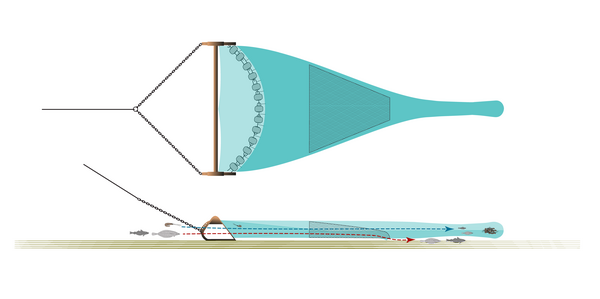
Historically, the sievenet has been the preferred choice in the fishery. There are good reasons for this: Sievenets have proven to be effective when it comes to reducing bycatch of fish species. Shrimp catch losses are usually low. As the sievenet is made of net material, it is usually also handy and practical for everyday use.
However, there are also some problems associated with the sievenet. Firstly, the prescribed maximum mesh size does not prevent small fish from entering the codend and being caught unintentionally. This is an important point, as some fishing takes place in nursery areas where juvenile fish, some of which are listed or protected species, live. Another problem is that various marine biota (e.g. algae or bryozoans, colloquially known as 'weed') get caught in the sievenet. By clogging the meshes of the sievenet, fewer shrimp get through the larger meshes of the sievenet into the codend, which can result in a considerable loss of catch.
The drag resistance then also increases - and with it the energy consumption. This is particularly problematic as the amount of 'weed' on the fishing grounds has increased in recent years and at the same time the period within a year with a lot of 'weed' has also become longer. If the increasing water temperature in the southern North Sea plays a role here, then it is foreseeable that the problem of clogging may become even more acute in the future.
Sorting grids have been developed for various fisheries around the world. What they all have in common is that more or less rigid grid structures are mounted into the net. The defined grid spacing means that only small organisms can enter the codend. All large animals should be directed to an escape opening. From a theoretical point of view, sorting grids have several advantages over sievenets:
Firstly, sorting grids offer a well-defined and stable selection due to fixed grid spacing, which can lead to better sorting of the catch compared to sievenets with their flexible meshes. Secondly, past experience has shown that grid systems are less susceptible to clogging than sievenets. Thirdly, the grids developed for fishing are small and are often installed in a very narrow section in front of the codend.
Sorting grids for North Sea shrimp fisheries were developed in the 1990s in various European countries, for example in the DISCRAN project in close cooperation with the fishing industry. Nevertheless, sorting grids are not regularly used in the fishery. In order to understand why the grids are rarely used and to identify potential for optimisation, we re-tested the old grid concepts at sea. This showed that the old sorting grids were not yet optimal in several aspects. These include in particular
- due to the use of stainless steel, the grids are relatively heavy
- some have a relatively small surface area. This reduces the possibility of shrimp entering into the codend through the grid. Therefore, the catchability for shrimp is reduced considerably in some cases.
- Especially at the upper edge of the grid (horizontal bar), e.g. algae can also get caught here
Based on these findings, we have developed a new concept for sorting grids (see above)
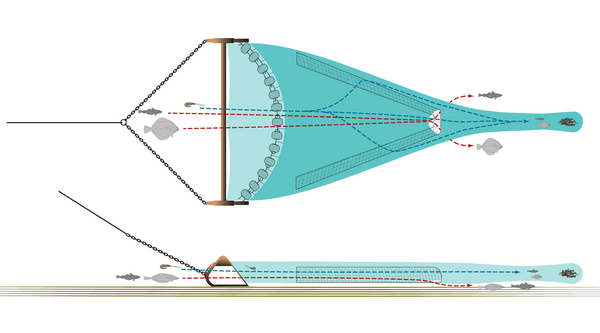
The letterbox has been legal in some areas of the Netherlands in recent years. As with the sievenet, a larger-meshed net inside the small-meshed net of the shrimp beam trawl is intended to guide large animals to an escape opening. While the sievenet is built into the net in such a way that all organisms can only enter the codend through the sievenet, the letterbox is basically just a low net wall in the lower half of the overall net. This makes it possible for fish, for example, to enter the codend above this low net wall without any problems - the bycatch reduction through the letterbox is correspondingly poor. This was also demonstrated by our tests.

![[Translate to English:] [Translate to English:]](/media/_processed_/d/7/csm_Startseite-OF_03_c0dfd6e750.png)
![[Translate to English:] [Translate to English:]](/media/_processed_/a/3/csm_20181116-151457-Stella-Jerome-Fischfalle-Warnem%C3%BCnde-Dorsche-im-Netzk%C3%A4fig-5691_heller_3050c72fa2.png)
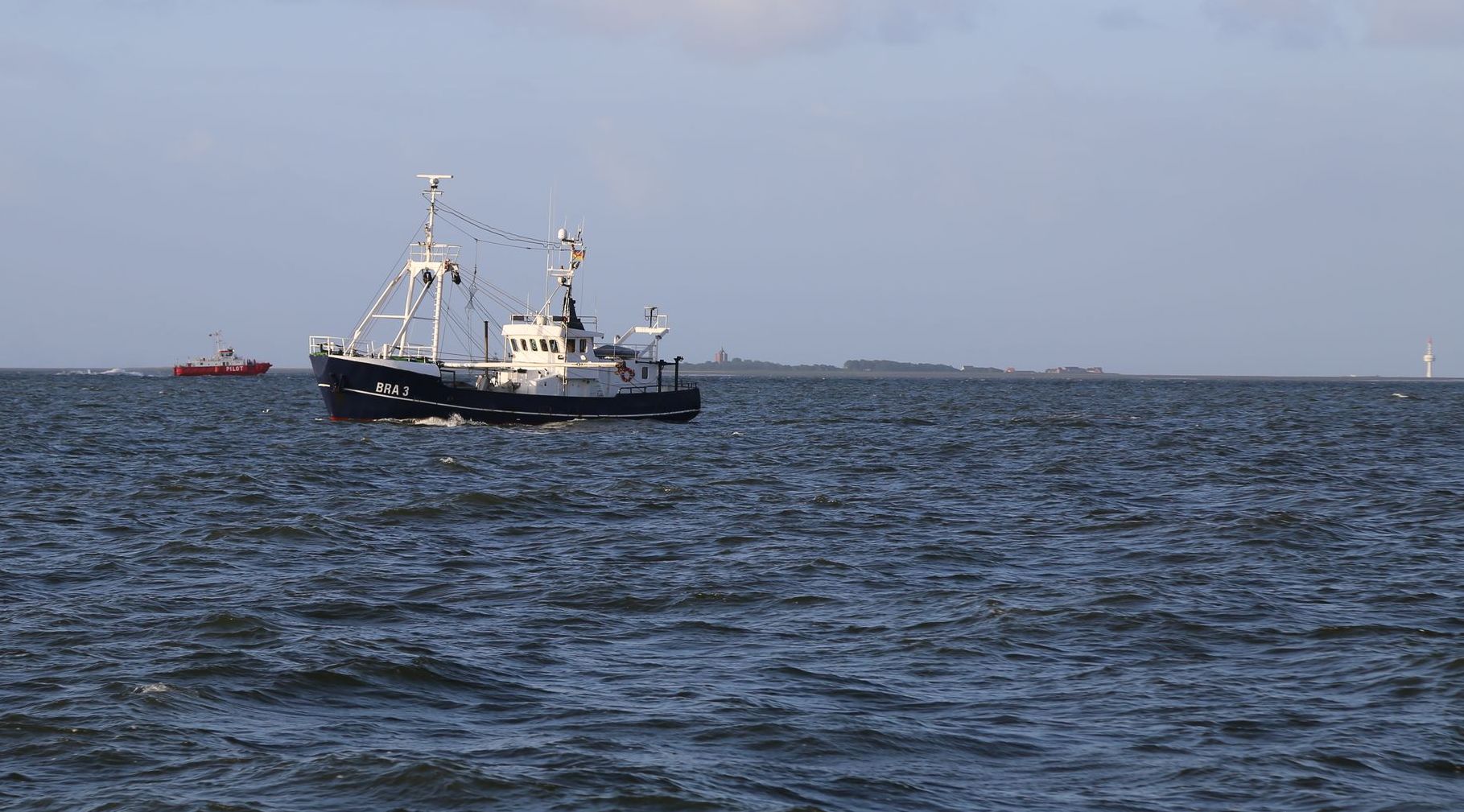

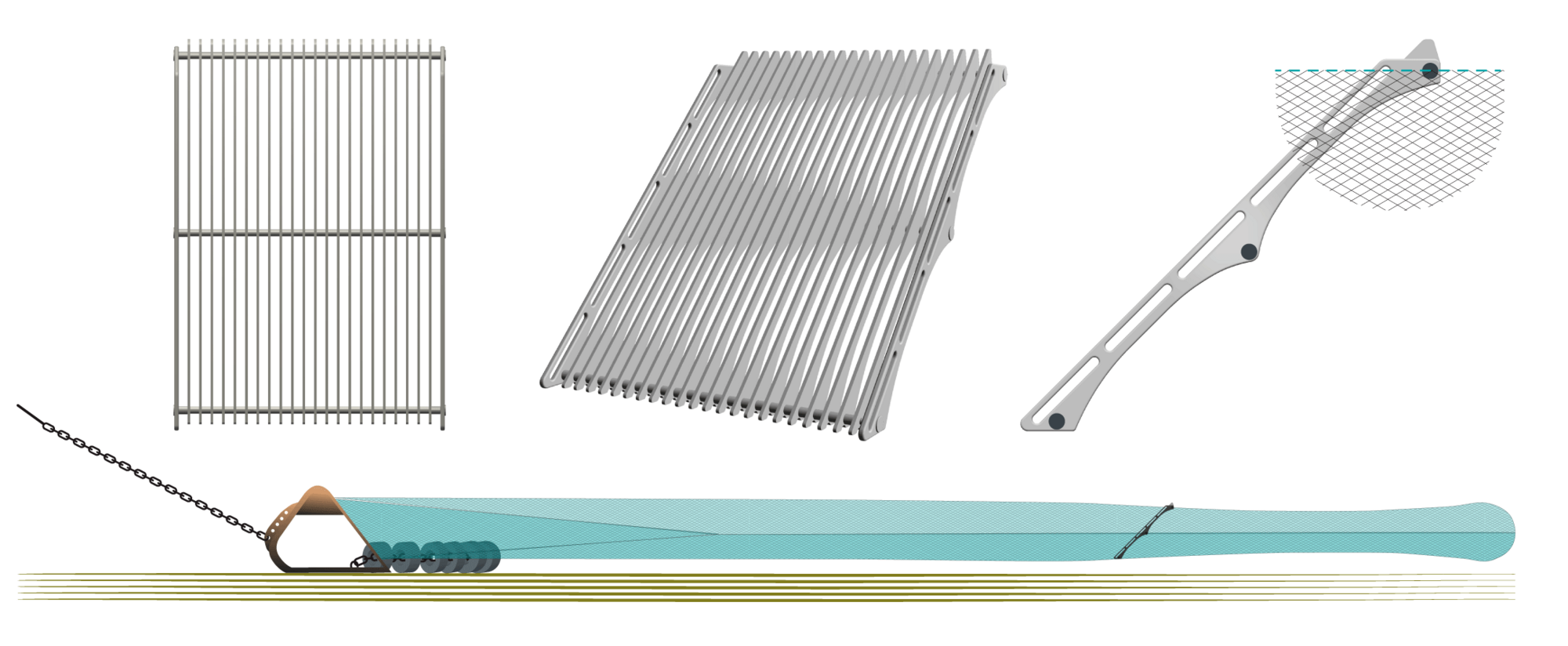
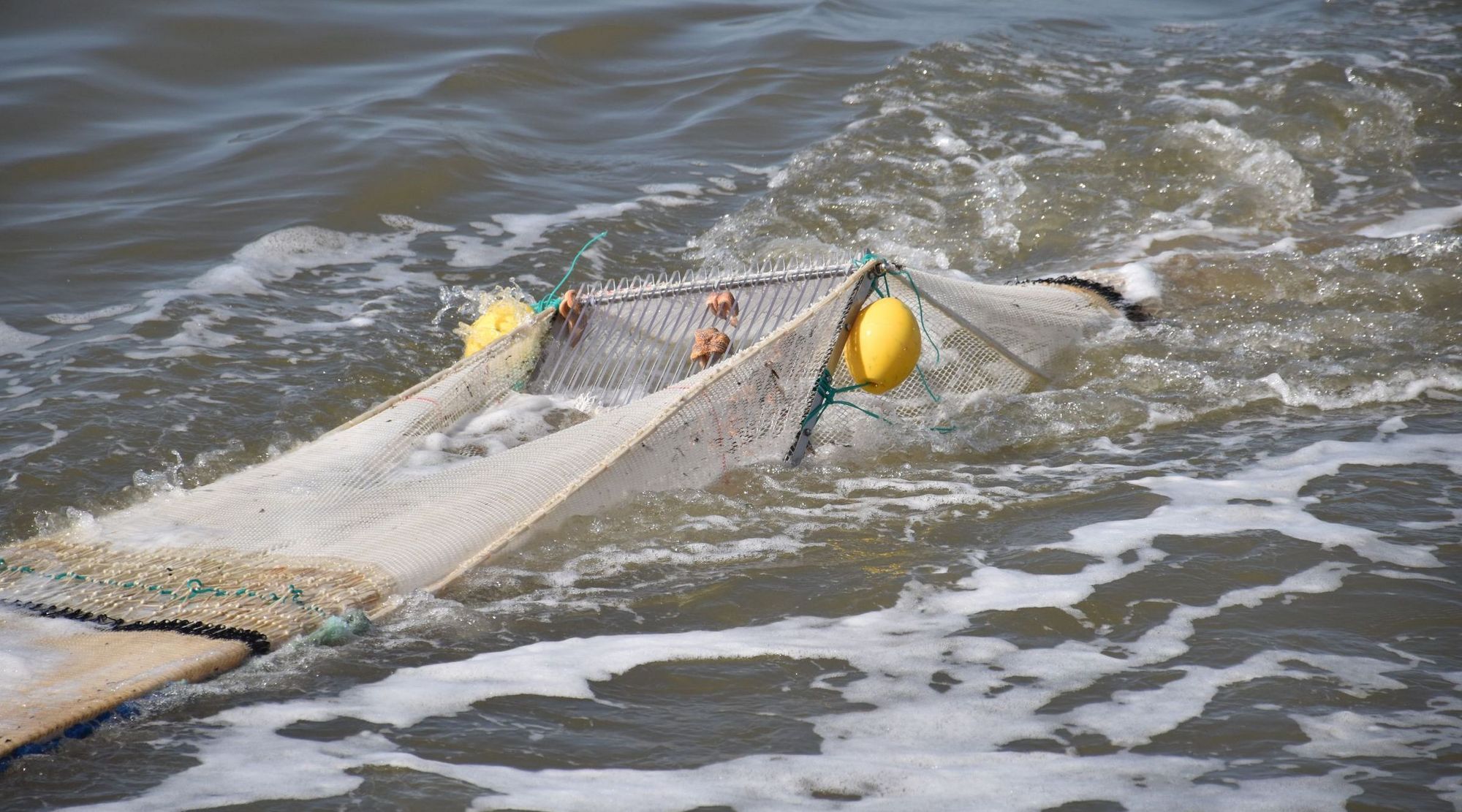
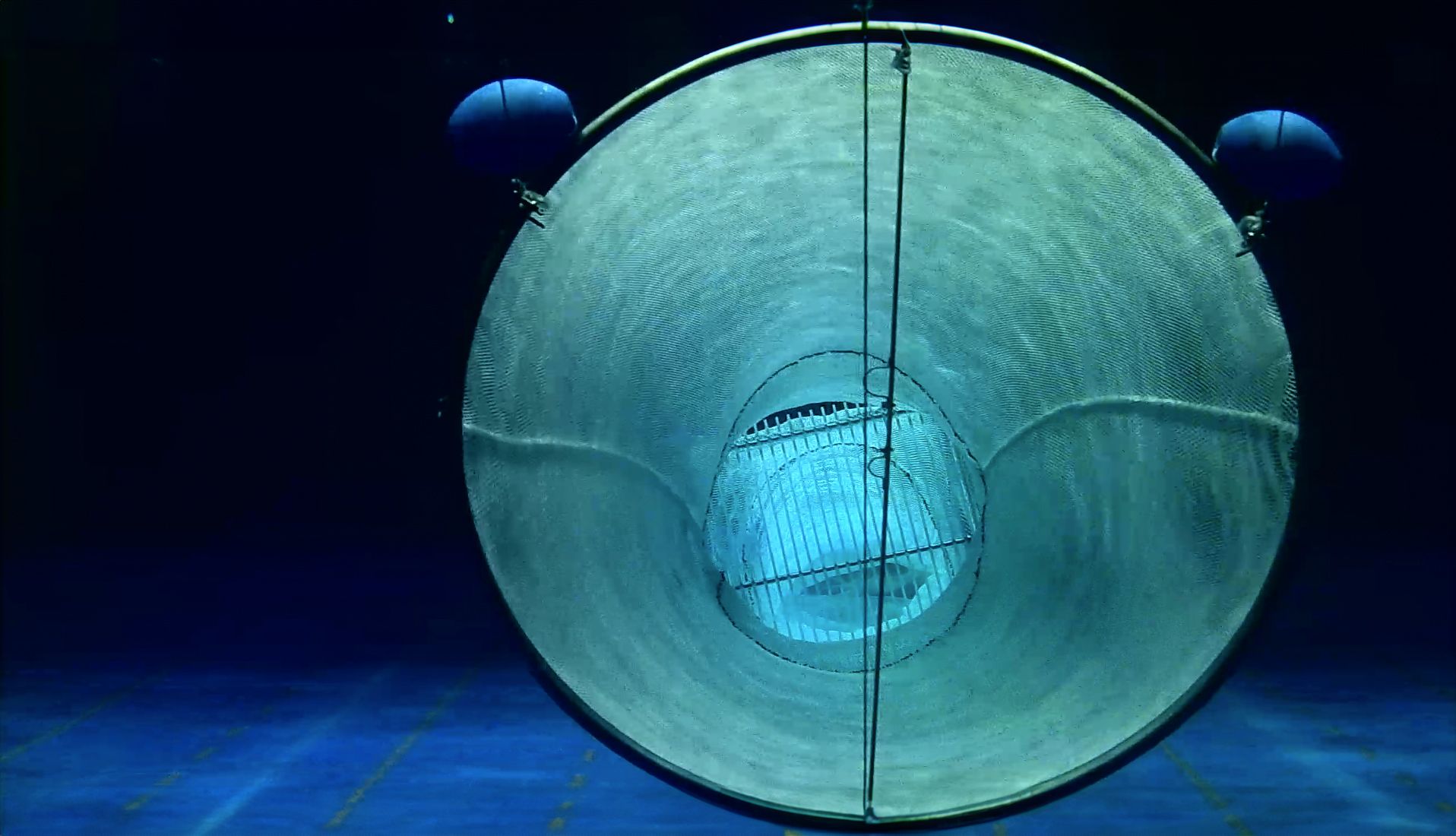
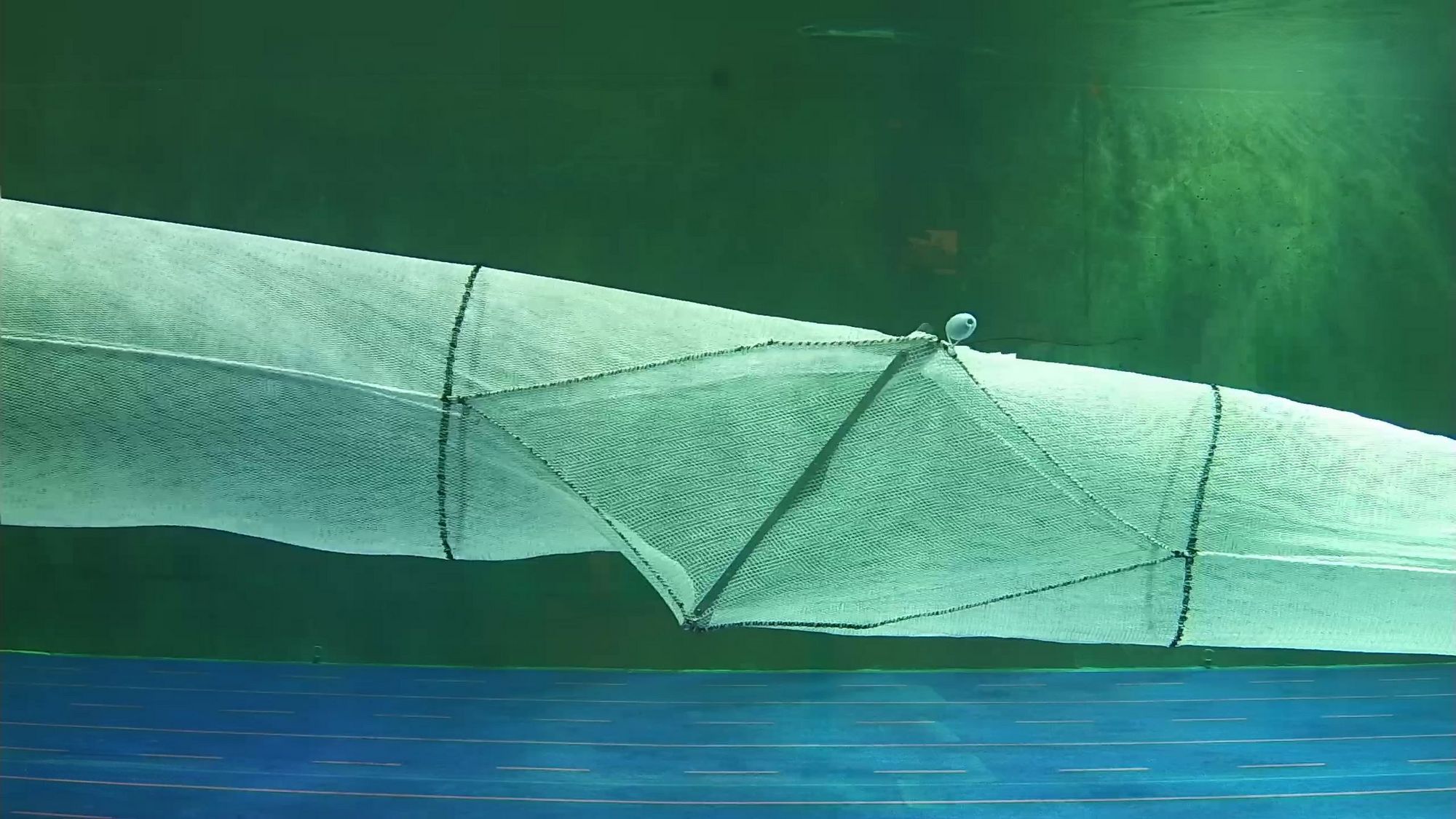

![[Translate to English:] Logo des Bundesministerium für Ernährung und Landwirtschaft](/media/allgemein/logos/BMEL_Logo.svg)